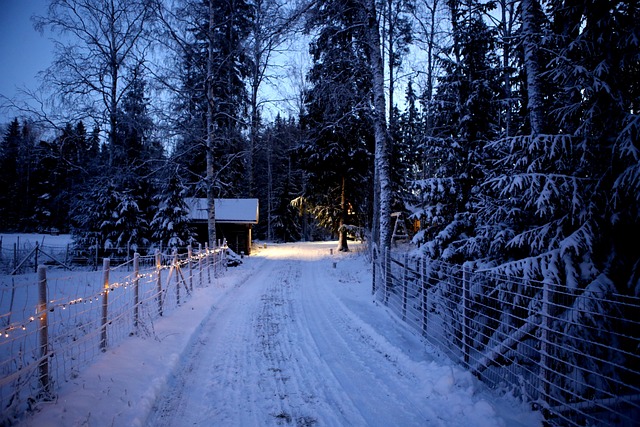For New Bedford, Massachusetts homeowners looking to enhance their outdoor spaces, installing a new fence is an exciting project. This comprehensive guide offers valuable DIY tips for a successful fence installation process. From preparing your yard and selecting the ideal fence type and material, to following a step-by-step installation procedure and applying final touches, we’ve got you covered. Additionally, learn essential maintenance tips to ensure your fence remains sturdy and attractive for years to come.
- Prepare Your Yard for Fence Installation
- Choosing the Right Fence Type and Material
- Step-by-Step Guide to Fence Installation
- Final Touches and Maintenance Tips
Prepare Your Yard for Fence Installation
Before starting your DIY fence installation project, preparing your yard is a crucial step. Begin by clearing the area where the fence will be erected. Remove any obstacles like bushes, trees, or debris that might hinder construction. Surveying and marking the perimeter of your desired fence line is essential; this ensures accuracy during installation. It’s also vital to check local regulations regarding fencing in New Bedford, Massachusetts, to ensure you’re adhering to any guidelines or restrictions.
Next, consider the layout of your yard and choose a suitable fence style that complements its aesthetics. Different fence types have specific requirements, so plan accordingly. Ensure proper drainage in the area to prevent water accumulation near your new fence. Marking where each post will go can help guide you during excavation, making the entire process more efficient.
Choosing the Right Fence Type and Material
When considering DIY fence installation, New Bedford homeowners should start by evaluating their specific needs and preferences. Different fence types offer unique advantages; for instance, wood fences exude warmth and natural charm but demand regular maintenance, while vinyl fences are low-maintenance and durable but lack the aesthetic appeal of wood.
The material choice also plays a significant role in terms of cost, longevity, and visual appeal. High-quality materials like pressure-treated lumber or vinyl offer better resistance to rot, decay, and weathering, ensuring your fence stands the test of time. On the other hand, cheaper options might save initial costs but could result in frequent repairs or replacements down the line.
Step-by-Step Guide to Fence Installation
To install a fence effectively, begin by assessing your property line and obtaining any necessary permits from local authorities. Measure the perimeter carefully and determine the number of posts required, typically spaced every 6 to 8 feet. Mark these post locations clearly. Dig holes for the posts, ensuring they are deep enough (at least one-third of the post’s height) for stability. Place the posts in the holes, level them, and use concrete to secure them firmly in place. Allow the concrete to cure completely. Attach horizontal rails to the posts using brackets or nails, creating a sturdy framework. Then, fasten your chosen fence panels to these rails, securing them with screws or nails, depending on the material.
Final Touches and Maintenance Tips
After completing the fence installation, it’s time to add those final touches that will make your new fence stand out. Check all connections, ensuring every post is securely fastened and all boards are level. Apply a coat of high-quality sealing oil or paint to protect the wood from the elements, enhancing its longevity. Regular maintenance, such as cleaning the fence annually and repairing any damaged sections promptly, will ensure your DIY fence remains in excellent condition for years to come. Keep an eye out for loose nails, splinters, or signs of rot, addressing these issues immediately to maintain the fence’s structural integrity and aesthetic appeal.
